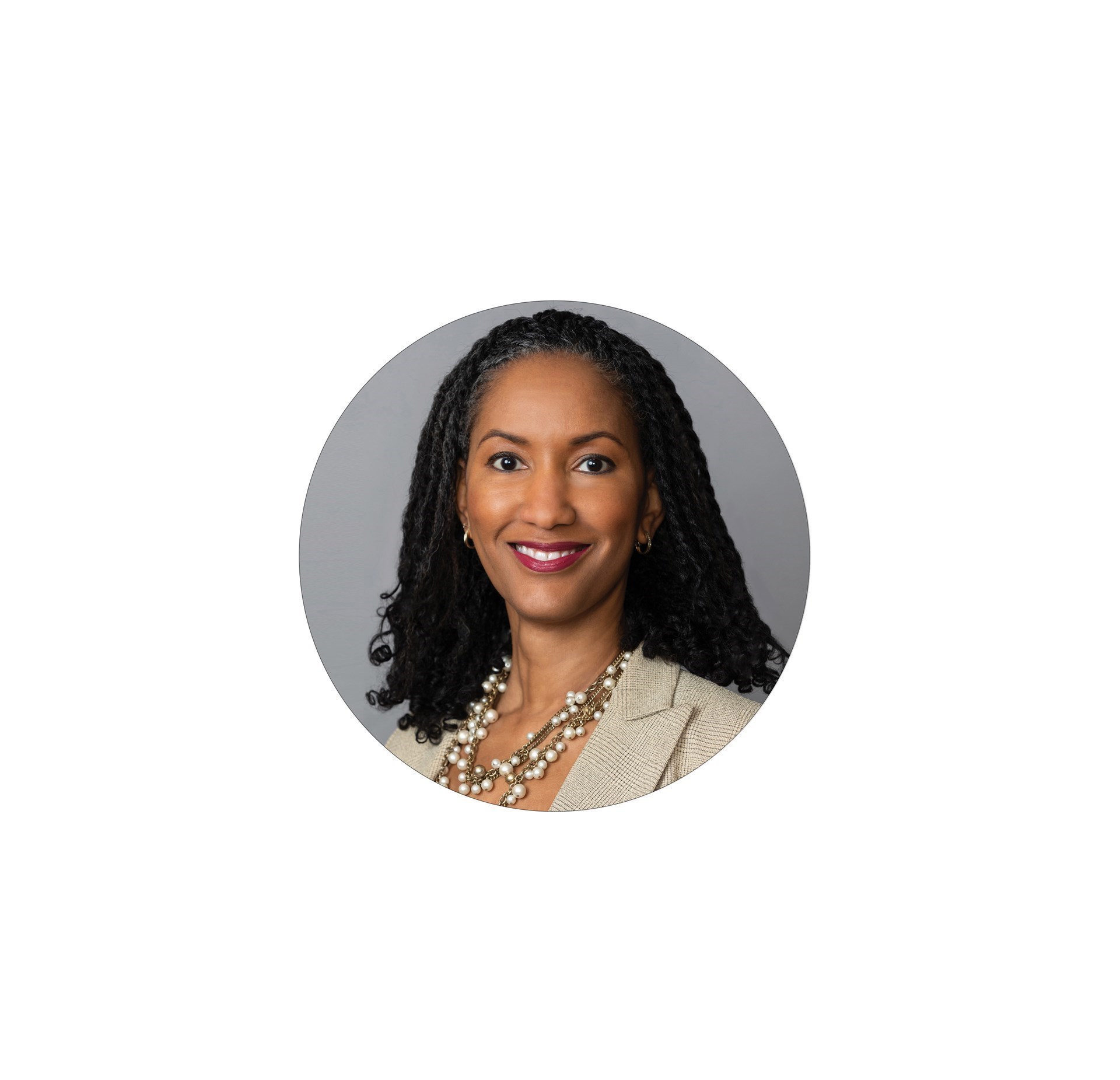Another factor to consider is that many residents hesitate to become rural surgeons due to the lack of surgical volume. Rural surgeons rarely have the steady stream of surgical cases that they might expect in larger settings, and they will not be performing complex oncological surgeries or Whipple procedures, Dr. Nykamp said. Rather, they will focus on standard “bread-and-butter” general surgery, such as hernias, gallbladders, breast cancers, appendectomies, trauma, and colon cancers. They also must be prepared to have a heavy volume of nonsurgical procedures like endoscopies.
“One of the hardest things I found coming out of residency was that my concept of being a general surgeon is not actually what you do,” shared Lauren E. Smithson, MD, FACS, who practices in Saint Anthony, a small port on the Great Northern Peninsula on the island portion of Newfoundland and Labrador in Canada. “As a rural surgeon, you become a general practitioner who does surgery as well. You end up managing a lot of functional gastrointestinal cases or managing medical problems that are complex but not necessarily surgical.”
In addition, rural surgeons must be prepared to go it alone because they often do not have nearby colleagues with whom to consult. When they encounter unexpected challenges, such as a ruptured appendix, they may end up having to transfer the patient to a larger center because resources, such as interventional radiology, intensivists, or overnight imaging critical to safely treating the patient, are not available.
Surgical residents coming out of training who are concerned about such isolation may prefer the safety of hospitals even if they like a rural setting. “We need to better train surgeons to have the courage and confidence to go out and practice on their own,” Dr. Timmerman said.
Desire for Work-Life Balance Is Real
Just as new rural surgeons need to better understand their role, rural hospitals have to understand that young surgeons may not be willing to take on the heavy workloads of their predecessors. And that could exacerbate the rural surgeon shortage.
Today’s young workforce places a high value on work-life balance. Many graduates of surgical residency programs may not be willing to be on call 24 hours a day, 7 days a week, according to Dr. Smithson. Rural hospitals need to embrace this change in culture and understand how it affects their staff.
“We won’t have solo surgeons anymore,” she said. “You may need to hire and pay two surgeons for every one leaving.”
Lack of Resources
Although all hospitals are facing a pinch of financial resources, many rural hospitals face extinction because of a lack of resources. “There’s a real pressure to treat hospitals and doctors and medicine like businesses, and that can make it quite difficult for some of the smaller hospitals and critical access hospitals to stay open,” Dr. Smithson said.
But it’s not just about money. Small rural hospitals may not have adequate blood banks, support staff, or technology to attract the volume of patients that would support a robust surgical practice.
“There are cases we don’t want to take because things may come up that are going to be a problem with the limited resources that we have,” Dr. Nykamp shared.
Surgical residents are trained in new technologies, so they understand the advantages for the patient, the hospital, and their own practices. Unfortunately, rural hospitals often do not always have the latest technology, and that may deter graduates.
Take robotic surgery. When USD’s new rural surgical residency program began, Dr. Timmerman thought there was little purpose in training his rural surgical residents on surgical robots because it was unlikely they would ever have access to one where they practiced.
Instead, he found that rural hospitals are striving to acquire robots. Research shows that robotic surgery has advantages over laparoscopic surgery and that patients often recover faster, Dr. Timmerman explained. In addition, robotic surgery can add to a hospital’s financial bottom line.
“Small town hospitals know that it may take a robot to get surgeons to practice there,” he said.
Many rural hospitals also lack surgical staff necessary to support surgeons, which limits their ability to care for certain patients. For example, Dr. Smithson’s hospital does not have an intensivist, nor does it have overnight or weekend ultrasound technicians. Her hospital has mammography, but no stereotactic biopsies for small breast lesions, so patients must drive 5 hours to have this performed.
Within the province itself, even in the tertiary center, recruiting radiation technicians in the radiation oncology program has proven difficult. As a result, rectal and breast cancer patients must travel off the island—requiring a flight or ferry—to Toronto or Halifax for radiation therapy.
“This really changes your scope of practice,” she said. “You can be the best surgeon in the world, but you can’t work without a team.”
Dr. Timmerman spent a decade in Watertown, a small city in northeast South Dakota, where he was limited in what surgical services he could provide due to a lack of support staff, such as specialty nurses.
It’s not just support during the operation that is the challenge. Lack of postoperative support also can scuttle an operation, Dr. Nykamp said.
Dr. Smithson said that treating pediatric patients in rural areas can be limited when the postoperative nursing staff is not comfortable in managing pediatrics or does not have Pediatric Advanced Life Support certification.
How to Build a Rural Surgical Workforce
There are a variety of approaches that could help ease the shortage of rural surgeons. Some of the more promising ones include:
Tapping a Homegrown Resource
Building up the rural surgical workforce starts with doing a better job of drawing from a ready market for rural surgery: medical students who grew up in rural areas and now want to work there. Drs. Timmerman, Smithson, and Nykamp all were born in rural areas and wanted to return to a rural area to practice surgery.
“It’s a lot easier to work with students who want to go into rural, community, or even missionary general surgery,” Dr. Timmerman said. “The younger you get them and try to imprint on them the value of a smaller community, the greater the likelihood they’ll take a second look at practicing in a small community.”
Dr. Nykamp explained that the process of attracting students to rural care should start even before medical school.
According to Dr. Timmerman, it also should include sending medical students to train for a while in a small town so they get an immersive experience of what it’s like to be a rural surgeon.
“We need to train from the ground up,” Dr. Smithson said. “We know from research that exposure to rural rotations in medical school and residency really increases the likelihood that someone will return to a rural area.”
Rural Track Training Programs Emphasize Rural Immersion
To support those who want to practice in a rural setting, medical schools need to better train and prepare surgical residents for that practice, Dr. Timmerman said. There’s an effort backed by the ACS called “Fix the Five” in which surgical residency programs offer rural surgery opportunities as electives within 5–7-year training programs; 1–3-month rotations in a rural community; and international or missionary care opportunities.
Some programs offer a rural surgery track with up to 6–9 months of rural training. According to Dr. Timmerman, other programs offer residents an immersion approach that could include 1–2 years in a rural community in lieu of “research years” or a fellowship following their 5-year residency. “It gives them the opportunity to know what they’re getting themselves into.”
In 2013, Dr. Timmerman helped create South Dakota’s first new general surgery residency program in decades. Since there was a cap on the number of federally funded residency slots, it was funded by an initial $2 million grant from Sanford Health.
“These are kids who knew they wanted to go back to the Midwest or return to their small hometown in Wisconsin or Iowa, and they’ve done that,” he said.
One of the goals of the program is to train students in a set of surgical skills broad enough to practice in the rural setting. The program has graduated three residents per year since the first class graduated in 2018. Of the 20 graduates, 11 (55%) went into general surgery while nine (45%) decided to specialize. All of them practice in communities that have populations of less than 200,000, Dr. Timmerman said.
Other successful rural track programs include:
- Oregon Health & Science University (OHSU): In 2003, OHSU established a rotation for senior-level residents at Asante Three Rivers Medical Center in Grants Pass, Oregon, becoming one of the first universities to train general surgeons to serve in rural communities. The university has since added a second rotation at Bay Area Hospital in the coastal town of Coos Bay, Oregon.
- University of North Dakota: The medical school has a rural track in which its students spend a few months training in smaller communities.
- University of Minnesota: Third-year medical students in the rural physician associate program go to live and work in a small community; some of them go on to become rural surgeons.
- University of Washington in Seattle: The university has a rural surgery training program that enables residents to do a rotation at a rural clinic in Billings, Montana.5













